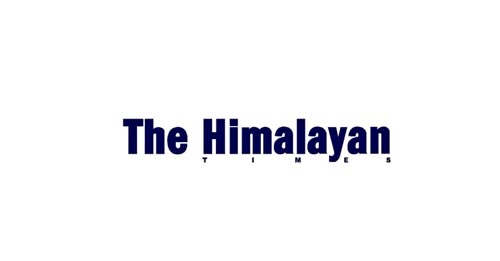Editorial: Give sports its due
Sports has never been a priority in Nepal, and this, perhaps, explains why the infrastructure existing in this field is so poor
Like religion, sports has the potential to bring people together for a common cause. It is a great generator of nationalism, promoting unity even in countries where ethnic strife has destroyed the harmony and bonhomie among the people, and a perennial cycle of conflict and instability is the order of the day. Unfortunately, many a Third World country thinks that sports is a luxury that it can ill afford, and Nepal is no exception. Sports has never been a priority in this country, and it, perhaps, explains the poor infrastructure existing in this field and the inability to harvest medals in international meets. Nepal plays host to the 13th South Asian Games (SAG), which formally opens on Sunday. Yet, the venue of the opening ceremony and many of the sports events, the Dasharath Stadium in Kathmandu, just so managed to be ready for the Games, depriving our athletes and other sportsmen from practising there even when the SAG is taking place on their home ground. And indifference on the part of the National Sports Council (NSC) to the pleas and demands of sportspersons for training and quality gear could take another toll on the medal tally this time.
Of the many sports events that will be played during the SAG, Nepal holds good promise in individual martial arts games, such as taekwondo, wushu, judo and the like. Yet it has come to light that sanshou players are training with makeshift equipment even though the Nepal Wushu Federation had submitted a list of equipment needed for its players four months ago to the NSC. How do you expect good results when sanshou players are training on hard karate mats with boxing gloves and taekwondo pads and guards? A wushu mat is softer than a karate mat as the players must jump high and balance themselves, and not get injured when they land on it. So when the players appear in the real arena, it could have telling effect on their performance.
The sorry state of sports in Nepal requires a major haul as it is marred by corruption and mismanagement. Like any other sector in Nepal, sports is also highly politicised, where the different sports bodies are no more than extended forms of the youth wings of the political parties. It is not a paucity of funds that is keeping our sports sector weak, it is gross misuse of the available resources. A country need not be big and rich to promote sports. Small and poor countries like North Korea, Cuba and Mongolia have harvested gold medals in the Olympics without fail throughout the decades or have qualified for the World Cup, which makes one wonder what is wrong with South Asian countries that are home to 1.5 billion people. Unless there are officials in the sports bodies who are committed to the promotion of sports, little is going to change. It is also high time the private sector chipped in to promote and polish sports in the country. Nepal today has big companies that could provide funds as part of their corporate social responsibility to enhance the sector, as it can no longer rely on government largesse alone. Let all understand that health and entertainment apart, sports also builds character and confidence in the youth to face the challenges in a competitive world.
Profiles of new peaks
Nepal Mountaineering Association (NMA) is all set to launch the profiles of 476 peaks under the guidance of the Department of Tourism (DoT) targeting the Visit Nepal Year 2020. The DoT had assigned the NMA to prepare the profiles with detailed information of the peaks, including the route, itinerary, picture and height of each of the peaks, district, area, social condition of the area and budget details for climbing the peaks three years ago. Most of them are virgin, and they can be climbed in the spring season. Once the profiles of the peaks are launched, the government will have their scientific database.
Although the project had started some five years ago, the NMA could finalise it only this year after the government released the required budget of Rs 5 million for the project in two installments. Of the 476 peaks above 5,800 metres suitable for climbing, the government has so far opened 414 mountains for climbing. It is good that the NMA has been able to prepare the profiles of most of the snow-clad mountains. But opening more peaks for climbing is not enough. We also need to add basic facilities, such as hotels, lodges, reliable communications and a sound rescue operation system in times of emergency there.






